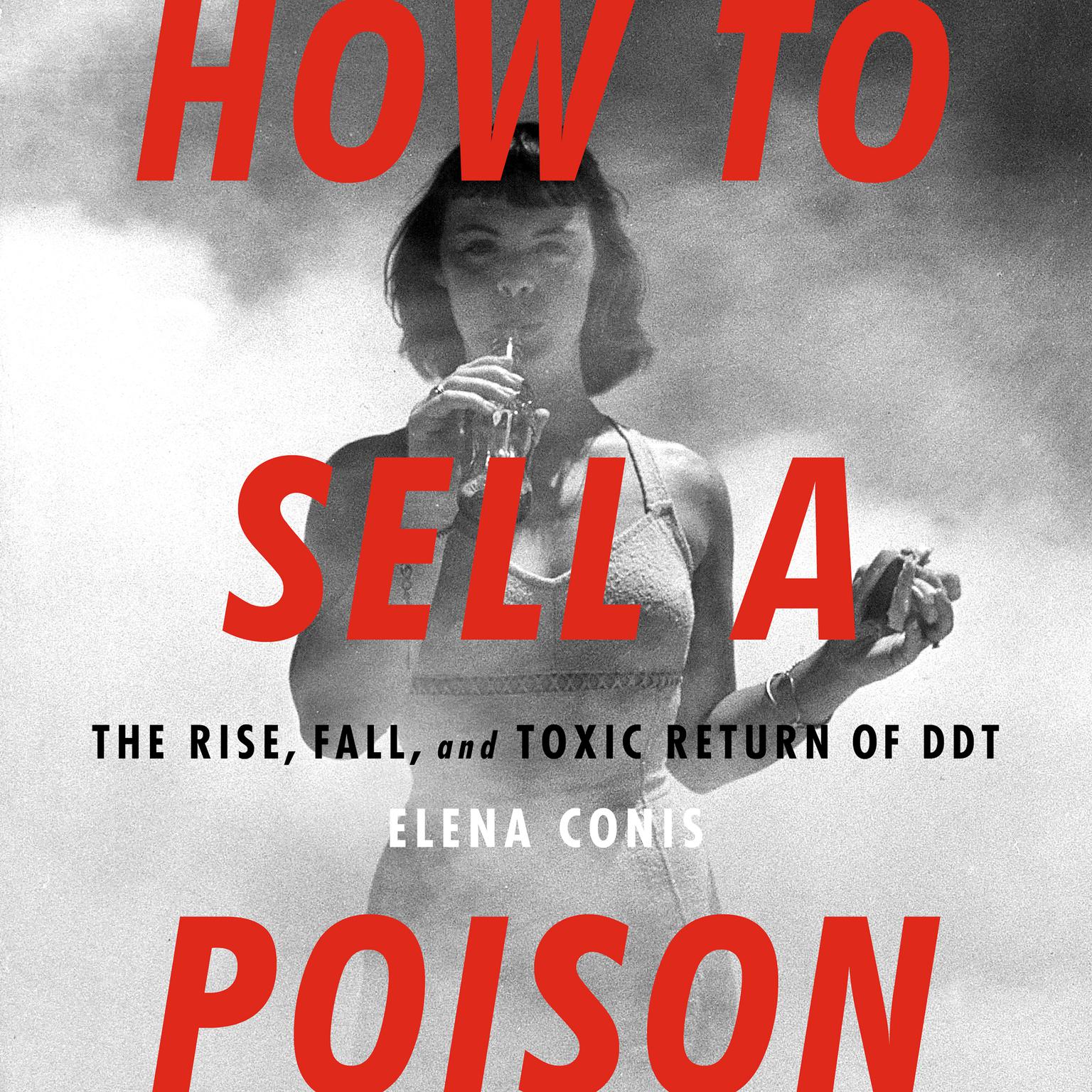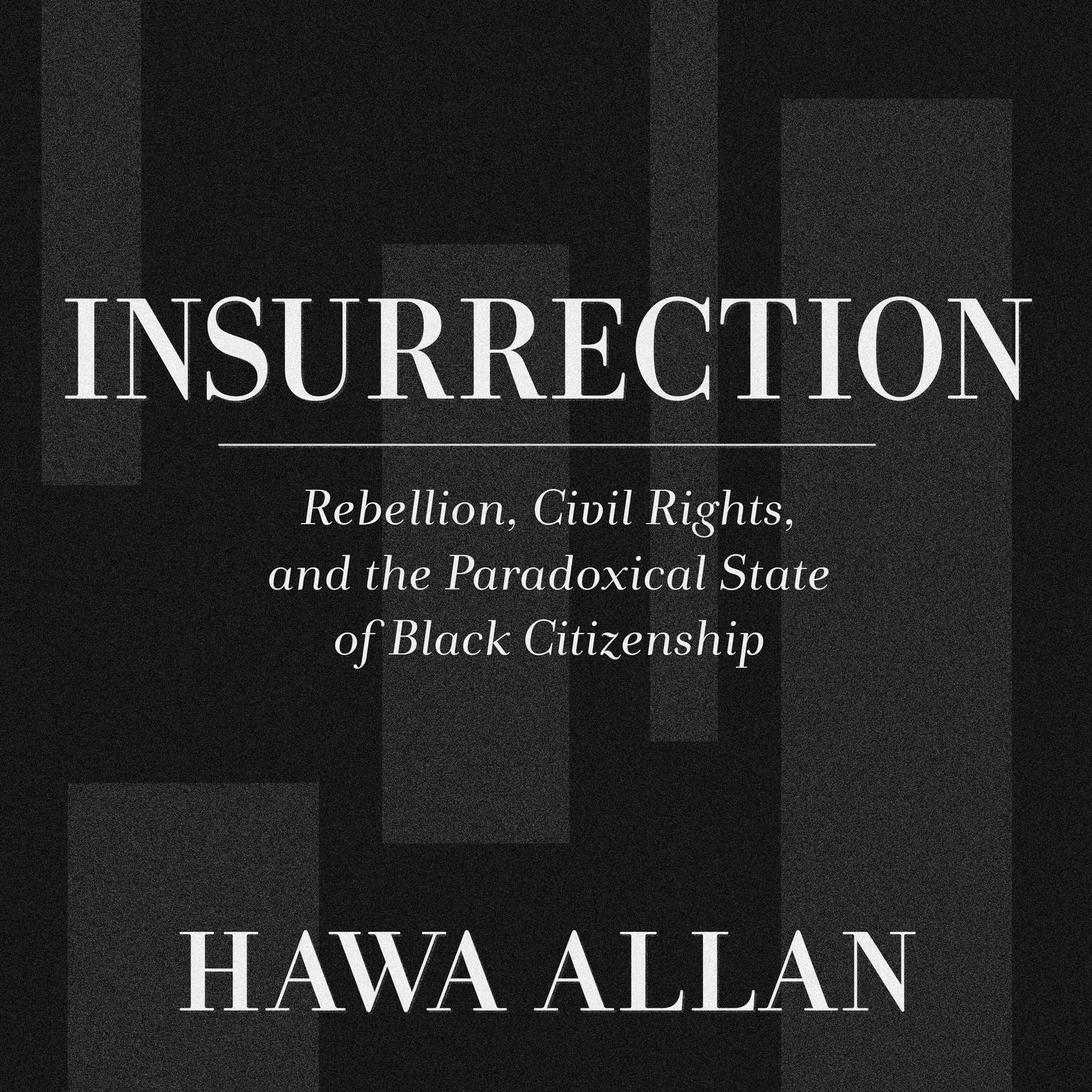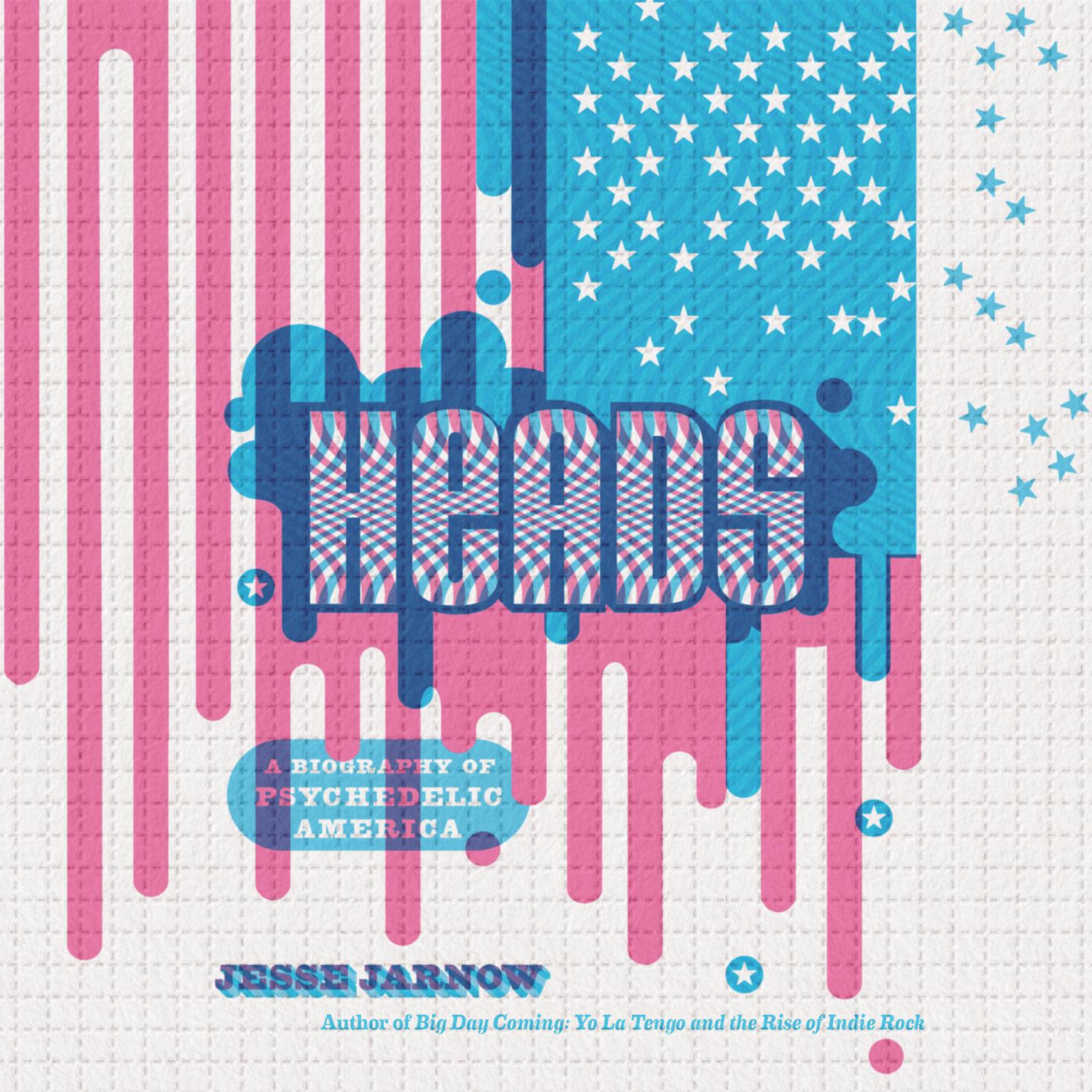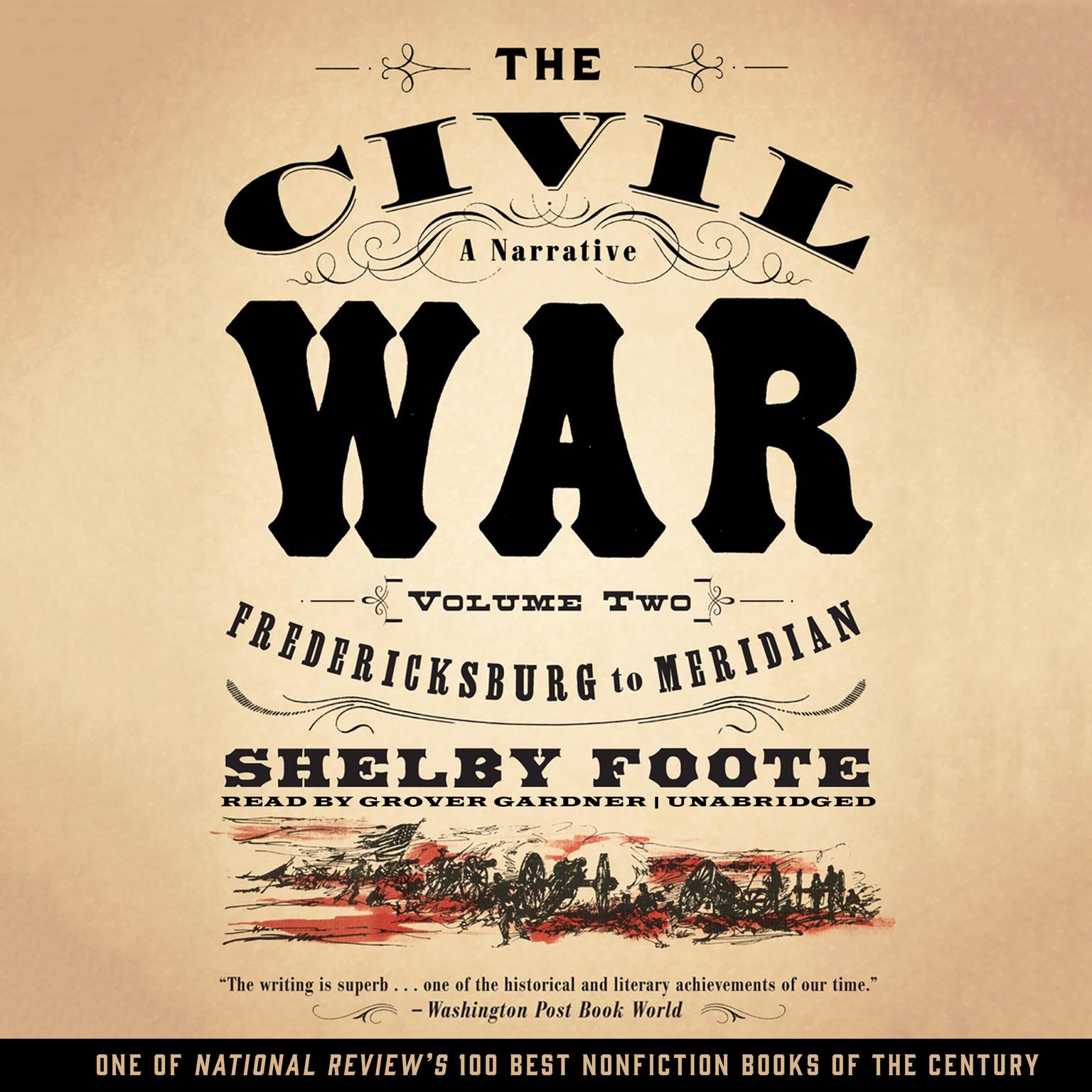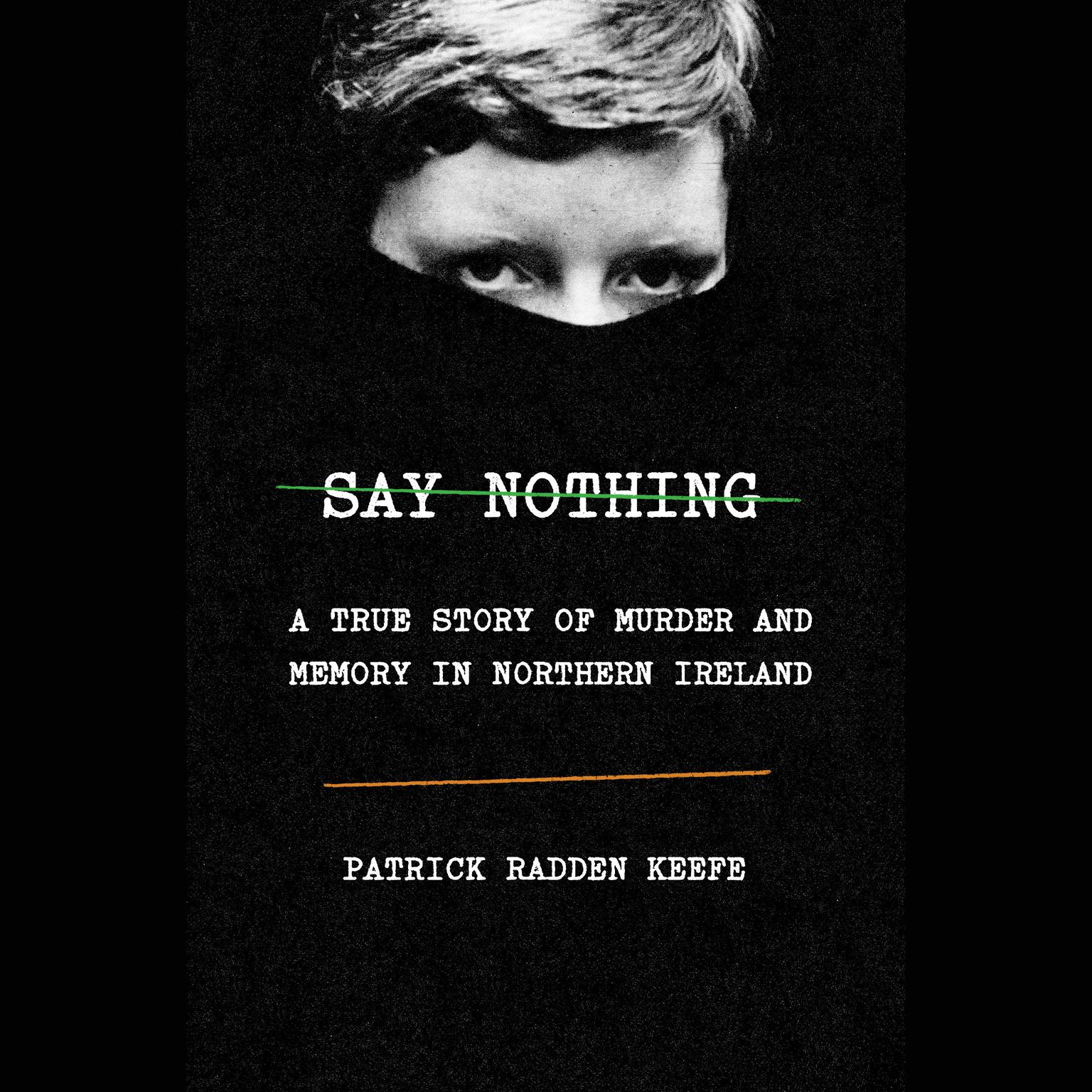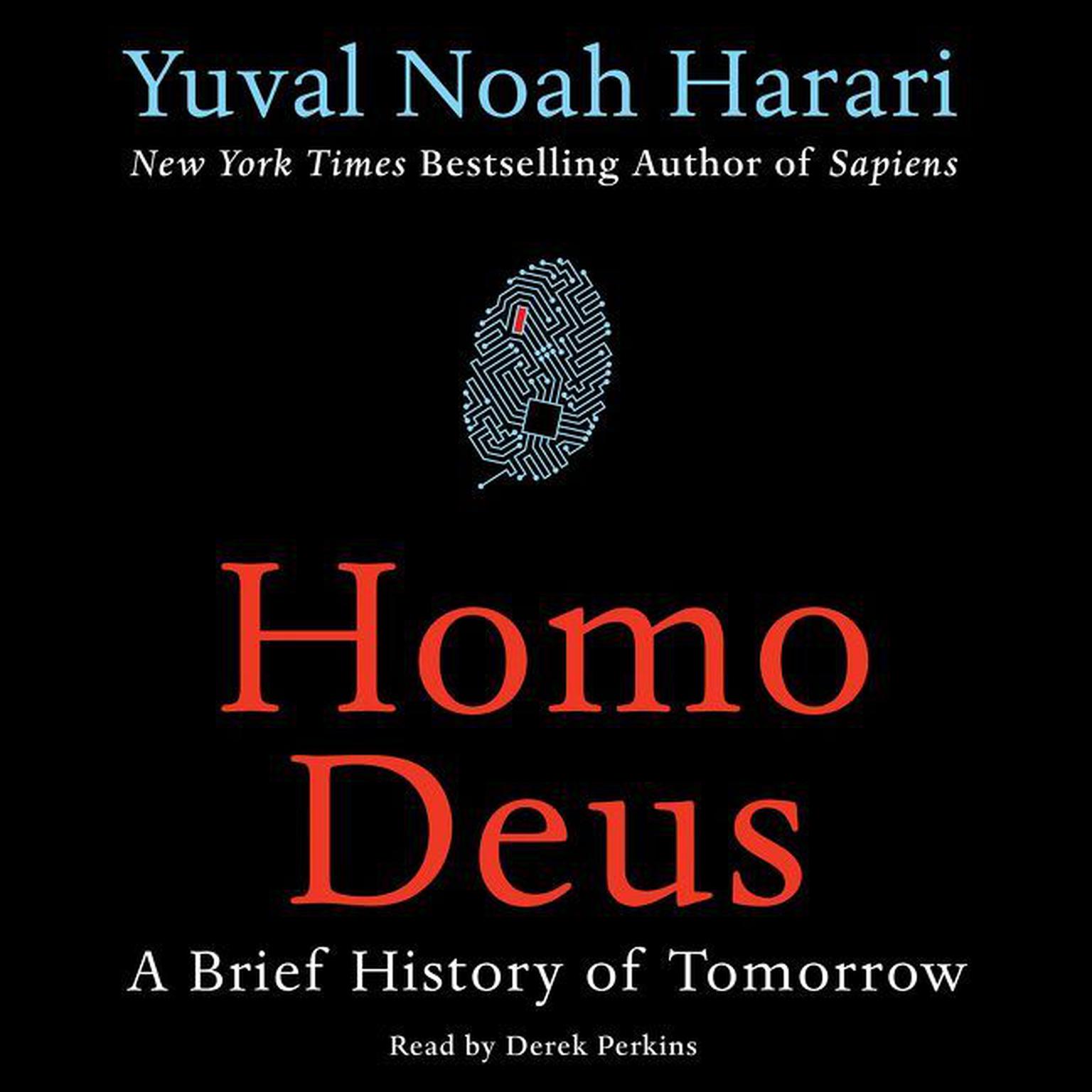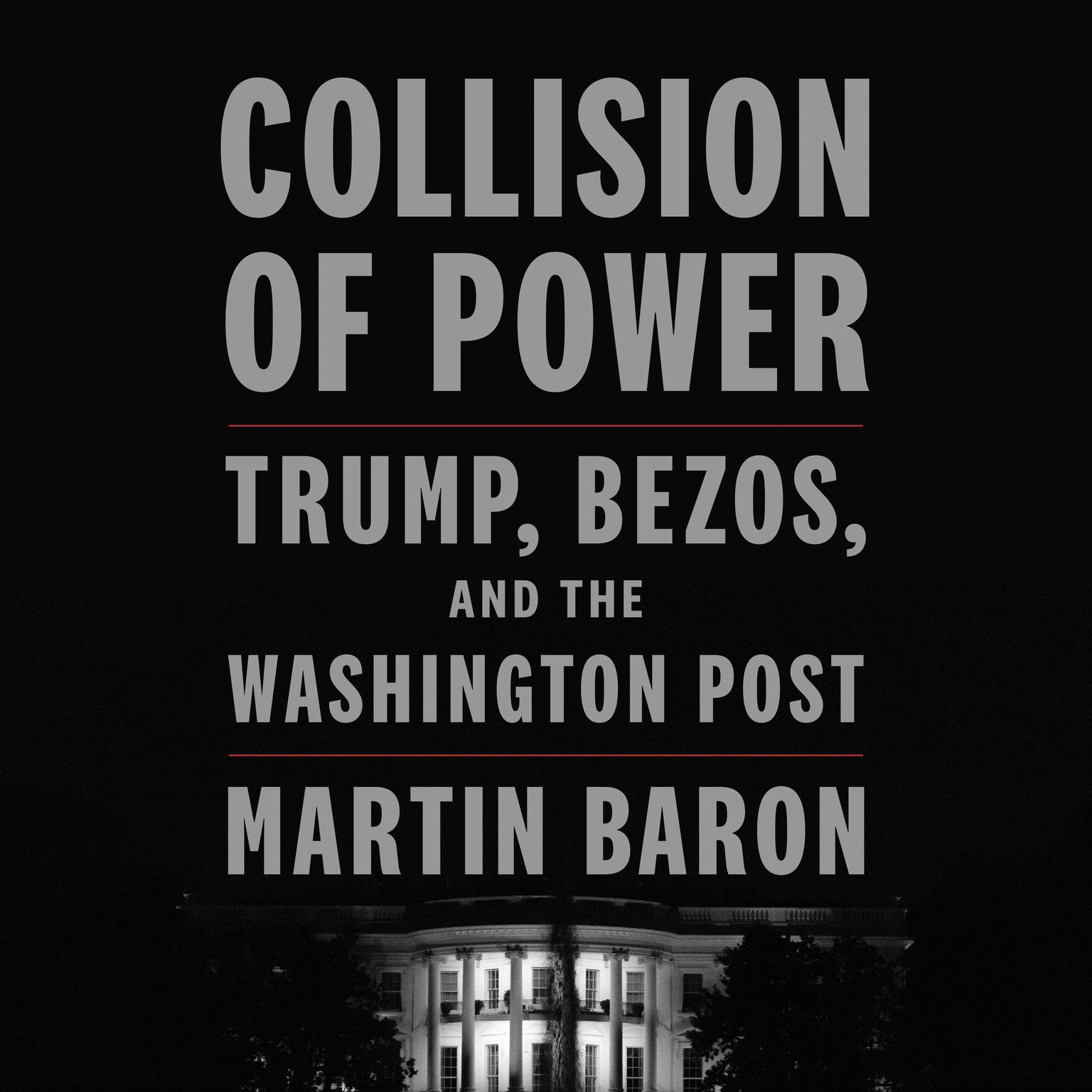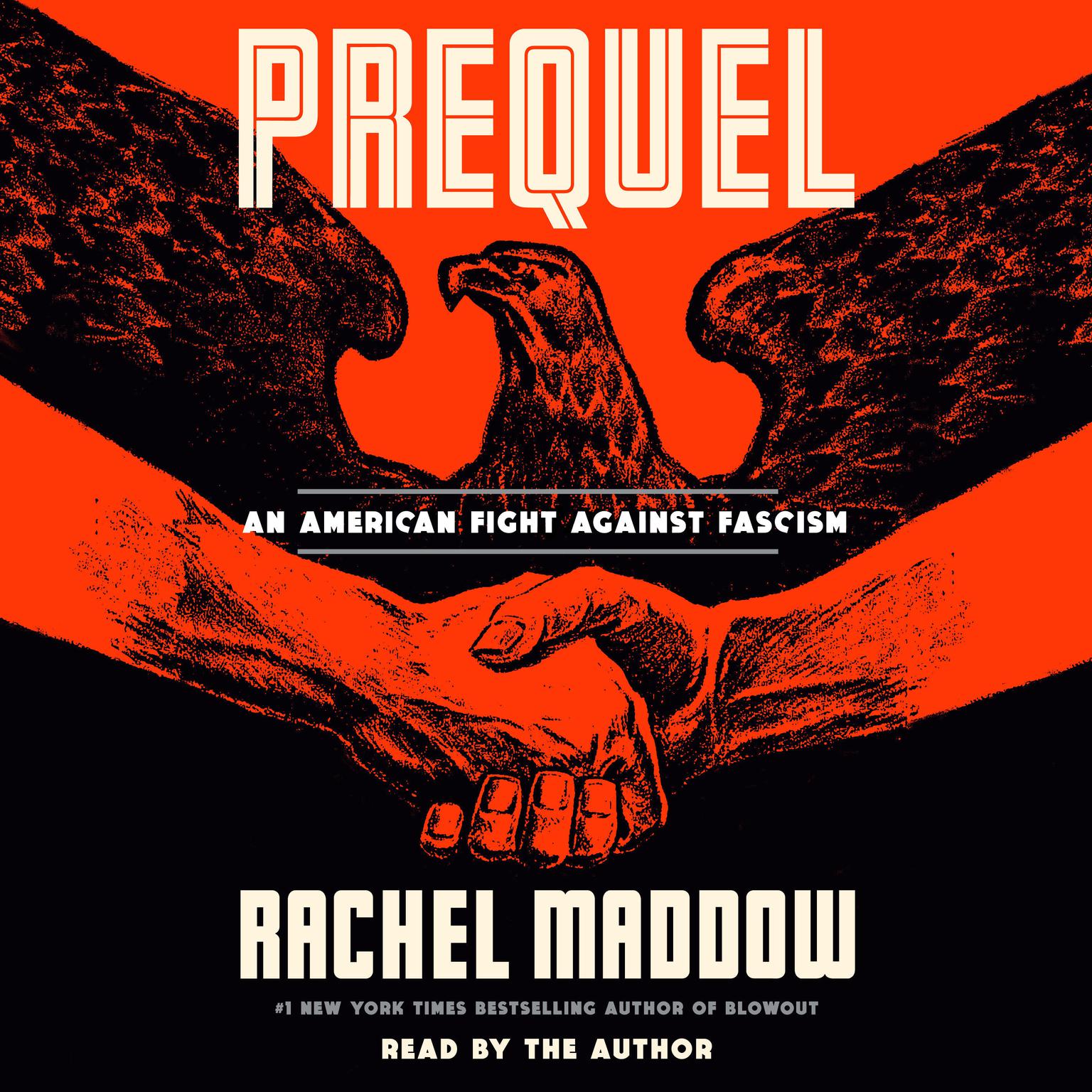Publisher Description
The story of an infamous poison that left toxic bodies and decimated wildlife in its wake is also a cautionary tale about how corporations stoke the flames of science denialism for profit.
The chemical compound DDT first earned fame during World War II by wiping out insects that caused disease and boosting Allied forces to victory. Americans granted it a hero’s homecoming, spraying it on everything from crops and livestock to cupboards and curtains. Then, in 1972, it was banned in the US. But decades after that, a cry arose to demand its return.
This is the sweeping narrative of generations of Americans who struggled to make sense of the notorious chemical’s risks and benefits. Historian Elena Conis follows DDT from postwar farms, factories, and suburban enclaves to the floors of Congress and tony social clubs, where industry barons met with Madison Avenue brain trusts to figure out how to sell the idea that a little poison in our food and bodies was nothing to worry about.
In an age of spreading misinformation on issues including pesticides, vaccines, and climate change, Conis shows that we need new ways of communicating about science—as a constantly evolving discipline, not an immutable collection of facts—before it’s too late.
Download and start listening now!
“In How to Sell a Poison, Elena Conis skillfully narrates the complex, toxic history of DDT, among the world’s most popular and dangerous chemical pesticides. Initially heralded, ultimately banned, still widely used, the vagaries of the production, sale, and regulation of DDT opens up the most fundamental questions of corporate greed, the role of government, and scientific practice. Anyone interested in the problem of scientific authority in our toxic world should read this important, essential book.”—Allan M. Brandt, author of The Cigarette Century
—
